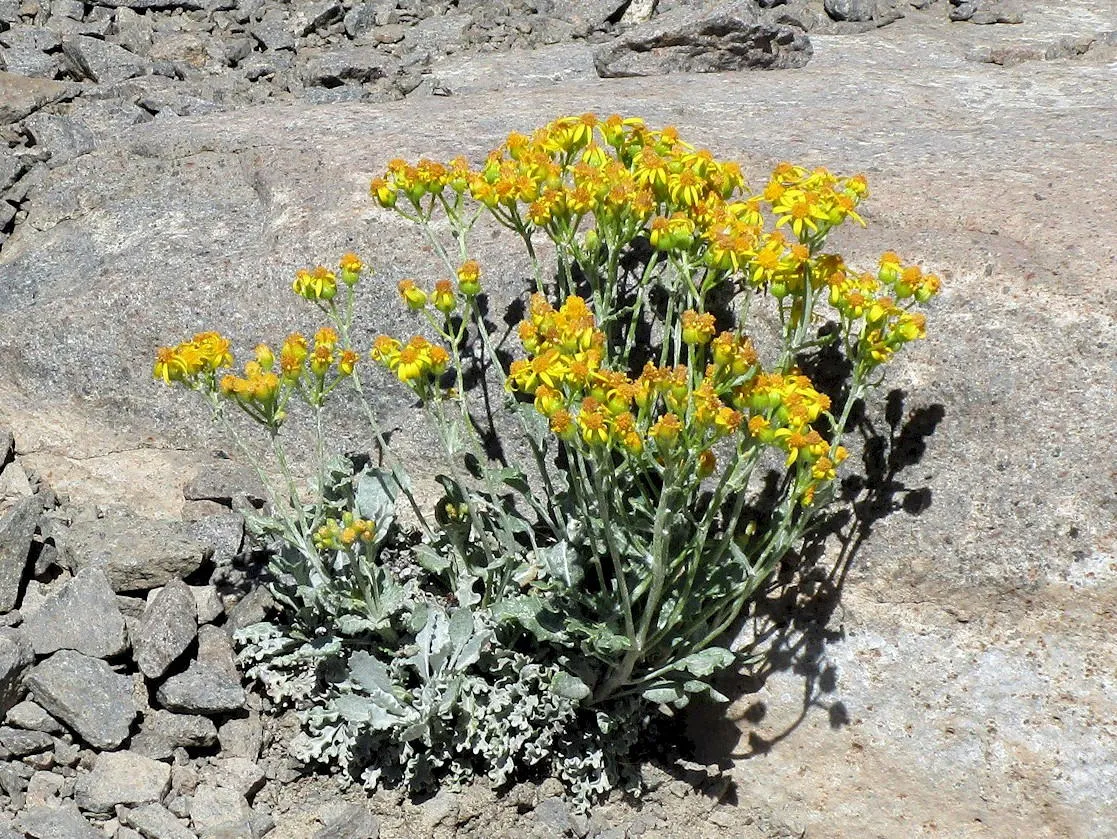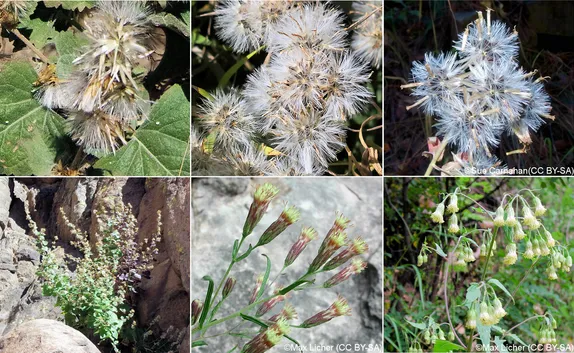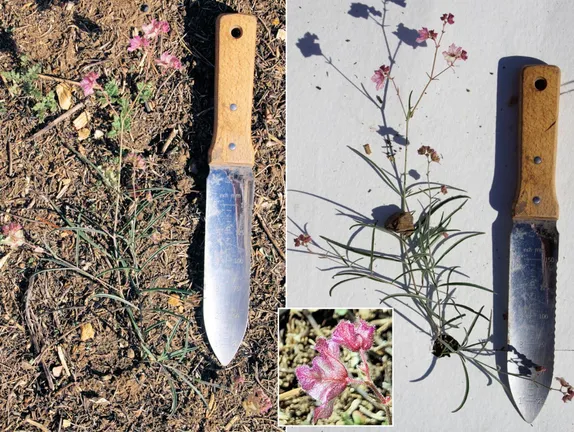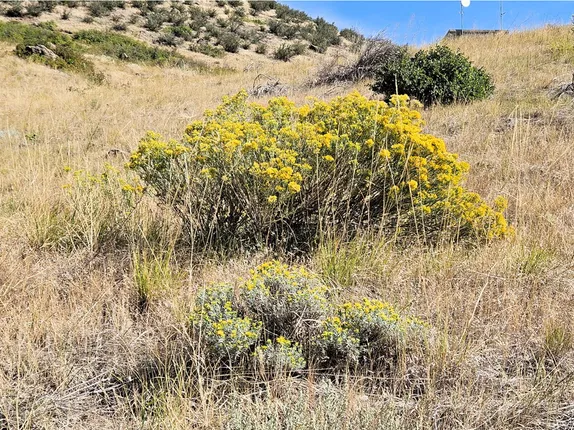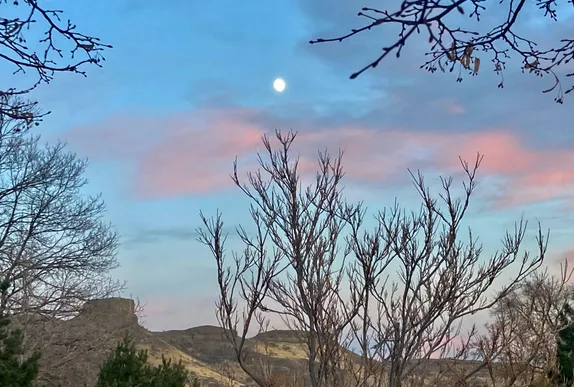by Tom Schweich
There are so many plants just starting to bloom along our trails in Golden’s open spaces, it is hard to pick just one.
One of my favorites is the diminutive Fendler’s Ragwort — Packera fendleri (A. Gray) W.A. Weber & A. Love. Often just 4 to 6 inches tall and growing in rocks or gravel, Fendler's Ragwort is found on North and South Table Mountains, Schweich Hill, and in Kinney Run.
Our plant has clusters of 6 to 8 bright yellow flower heads on a stalk rising from a cluster of woolly leaves that have crinkly edges. Because it is in the Sunflower family (Asteraceae), each head has 20 to 50 small flowers, some with long ray petals and some with very short petals that don’t look like petals at all.
Fendler’s Ragwort was described by Dr. Asa Gray, probably America’s most important botanist of the 19th century, in his paper Plantae Fendlerianae Novi-Mexicanae, or “Fendler’s New Mexican Plants.” During the Mexican American War in 1846, Augustus
Fendler traveled with the U.S Army to Santa Fe, New Mexico. While there for about a year, Fendler collected some 17,000 specimens, sending them to Dr. Gray, who identified and named them. Among Fendler’s collections was our little, yellow-flowered plant that Fendler found along the Santa Fe River about 12 miles northeast of the town of Santa Fe.
Dr. Gray placed our plant in genus Senecio, the genus typically known as the Ragworts. However, collaboration between William A. Weber and Askell & Doris Love at the University of Colorado – Boulder resulted in the separation of the genus Packera from Senecio and the placement of our plant in the new genus as Packera fendleri (A. Gray) W.A. Weber & A. Love, though still with the common name of Fendler’s Ragwort.

